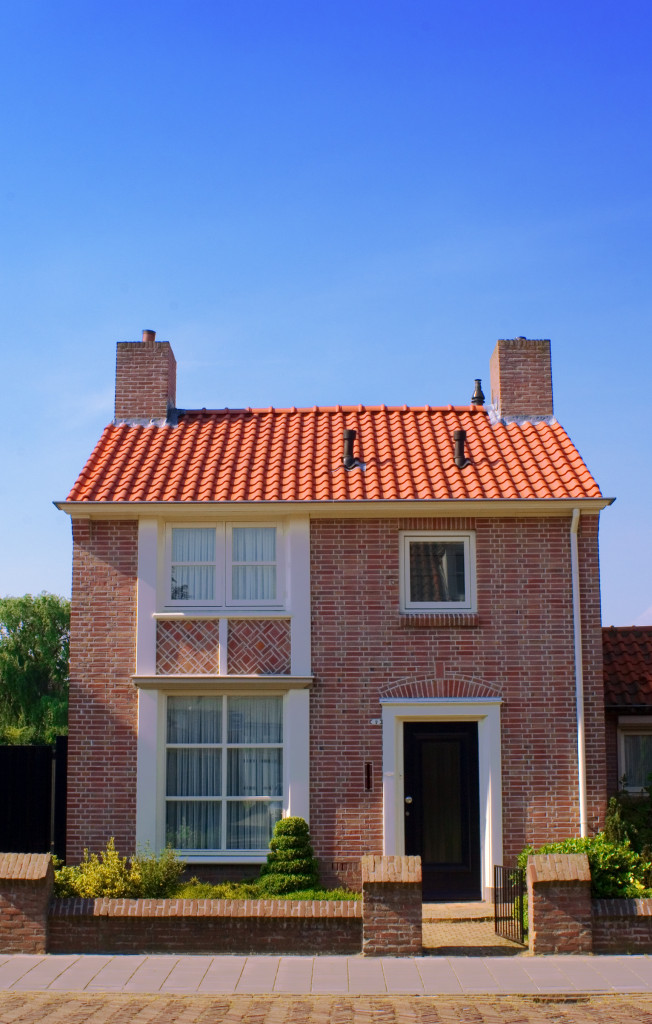Within the past few years, there’s a new lifestyle trend that’s more encompassing than other trends that came before it. Tiny house living is a lifestyle movement based on living in smaller houses. It has caught traction, with thousands of followers moving into 46sq/m homes. It has attracted such wide attention thanks to its minimalist philosophy, which espouses “less” of everything: less space, less carbon footprint, and even fewer expenses.
The Tiny House Philosophy
As mentioned before, the tiny house movement carries a singular philosophy, albeit with slight variations. A general belief many tiny house owners share is that they’re spending less on living expenses. A smaller living space often also means less room for new items and less need for water and electricity.
This philosophy transcends the actual tiny house movement: people living in RVs, mobile homes, modular houses, and the like often hold similar beliefs. Those residing in similarly-designed mobile homes have insurance to think of, keeping expenses to the absolute minimum.
There is a need for a significant amount of capital for the actual tiny home. But this investment is returned in a few years.
Market Impact
Interestingly enough, the demand for tiny houses has created an almost entirely new industry with its subsets and has an undeniable impact on the market. Let’s take a look at how the tiny house movement has left its mark on the market.
Niche Construction Companies
DIY is a long-standing tradition within the tiny house community, but the simple truth is that not everyone can build their own home. Enter tiny house construction companies. Often, these small businesses employ local tradespeople such as carpenters and handymen. These companies often create pre-built tiny houses that clients can readily purchase, but most also offer services that allow for absolute customization.
Comparatively, tiny houses cost a lot less to build but require specific skills and tools that make tiny house-focused construction companies valuable. Even for home decor and interior, smaller manufacturers are creating custom-fit items and furniture to meet the specific size requirements of a tiny home.

Real Estate Options
Another business that has seen a revitalization thanks to the tiny house industry is real estate. While escaping mortgage traps has always been one of the focuses of tiny homes, the very nature of tiny houses lends itself to requiring a good location. Many tiny house owners either rent land from smaller landowners.
Especially for those located in rural areas, landowners can even generate extra income by leasing smaller plots of their land to tiny house communities. Still, a large percentage of people living the tiny house philosophy opt to have minimal monthly expenses. They end up buying low-cost rural real estate instead of renting.
Easily Integrated Smart Technology
Smart technology is slowly creeping into the average person’s everyday life for good reasons. The modern conveniences smart devices offer are very helpful, especially since virtually all adults own a smartphone already. Smart products like voice assistants, keyless locks, and smart LED lights that you can control remotely through your smartphone can be easily integrated into a smaller space. This makes it attractive to tiny house owners.
In turn, this has led to market activity within the smart technology industry. Manufacturers creating smart devices find more clients through creating appropriately sized devices, primarily geared for a smaller living (but not exclusive to tiny houses).
Another area that has felt the positive effects is another niche field: DIY electronics. Those with the know-how to rig and set up a smart home offer their services to tiny house owners, as the compact nature of smaller homes makes it economical and efficient to have a centralized control unit.
Environmental Awareness
A feature that attracts many potential homeowners to tiny homes and manufactured homes is its eco-friendly aspect. For many of these compact real estate, being economical and sustainable is not a mere marketing strategy but a fundamental component that is often needed to maintain them properly.
Features like renewable energy sources like solar panels, water recycling systems, and energy-saving appliances contribute to the tiny home market. While the profits from the tiny house segment remain relatively low, manufacturers of alternative energy and eco-friendly options are poised to earn more as tiny house living increases every year.
Apart from all these market opportunities, tiny home communities also combat homelessness and provide emergency and transitional housing. Because of the affordability of smaller homes, it helps curb the growing concern on real estate prices. Tiny house living may not be for everyone, but its impact on people and the economy should not be ignored.

